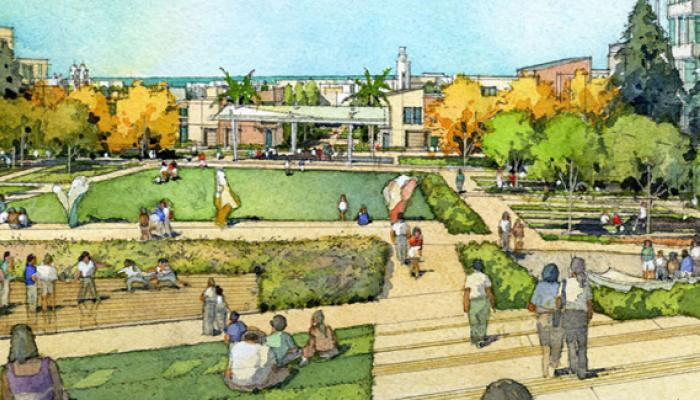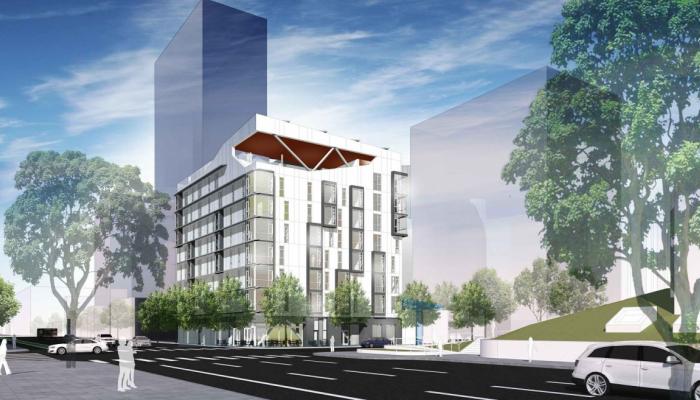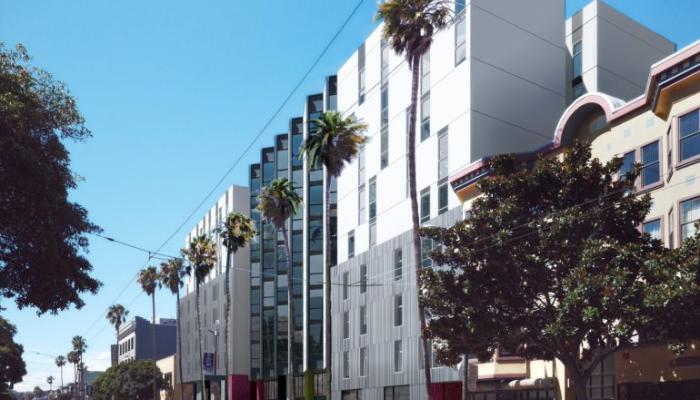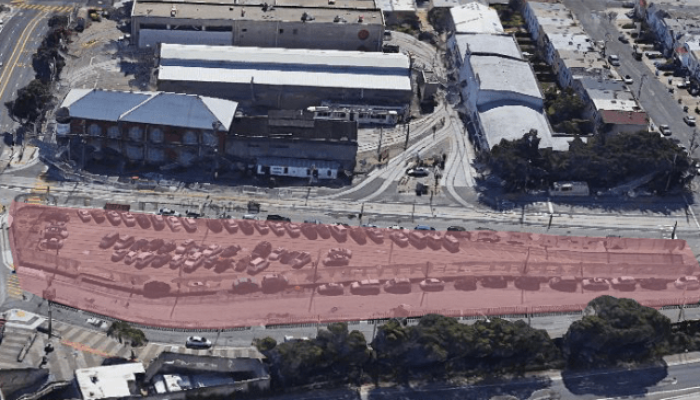San Francisco Planning and the Mayor's Office of Economic and Workforce Development are collaborating with the City’s enterprise agencies to redevelop publicly-owned land into housing. Using innovative strategies, these development opportunities seek to provide revenue to the enterprise agency while creating other vital public benefits such as affordable housing. By structuring these projects as public-private partnerships, the City can create critical wide-reaching public benefits such as parks and open space, jobs, and affordable housing.
Background
In his 2014 State of the City address, Mayor Ed Lee called for action to combat San Francisco’s affordability challenges and directed City agencies to examine their underutilized sites with regards to their potential for housing. In response to the Mayor’s direction, an inter-agency working group, comprised of the Office of Economic and Workforce Development (OEWD), Planning Department, Municipal Transportation Agency (SFMTA), Public Utilities Commission (SFPUC), Mayor’s Office, Mayor’s Office of Housing (MOH) and the Real Estate Division, began drafting some principles to guide potential development of the sites, initial site analysis, development of criteria for site selection, and engagement with stakeholders.
That initial process has shaped a vision of the Public Land for Housing as a means to help San Francisco address some of its most pressing issues such as housing, transportation, and neighborhood sustainability and resiliency through the re-utilization of selected City-owned properties that have useful characteristics to maximize their use and opportunities for public benefit. In a city with extremely limited undeveloped real estate and a need to meet multiple public objectives, the goals of this project are to maintain a coordinated development of these public resources through community and stakeholder engagement; provide a range of public benefits and innovative strategies that extend beyond the sites themselves; all while still ensuring that owner agencies can further their core missions.
The program will have the following components:
- A set of City-supported principles, based on existing City policy, to guide the process for each selected site;
- Delivery of a comprehensive menu of public benefits the public sites can provide individually and collectively;
- The use of policy tools and innovative strategies to achieve those benefit; and
- A rolling review of underutilized properties to establish a portfolio of opportunity sites for which the above-mentioned principles and tools will be applied to create approvable and implementable project proposals.
The working group refined a set of principles to guide potential development of those sites ensuring they provide public benefits while helping to achieve the program goals set forth above and more generally to advance owning-agency missions.
The draft principles are based on existing adopted City policy documents, including:
- The General Plan
- Planning Code Sections 101.1(b), 415, and Priority Policies Findings
- The Surplus City Property Ordinance, Administrative Code, Chapter 23A
- San Francisco Charter Section 8A.115 Transit First Policy
- San Francisco Health Care Services Master Plan (HCSMP)
- SFMTA’s Real Estate & Facilities Vision for the 21st Century
- SFPUC Land Use Framework
- The City & County of San Francisco Consolidated Plan
Consistent with these and other City policy documents, the draft principles for guiding the City in establishing consistent, effective and coordinated processes across all public sites to be proposed for development are as follows:
- Optimize land utilization
- Provide public benefits
- Fund public services
- Utilize innovative approaches to deliver projects & public benefits
- Complement neighborhood context & engage the community
Map
For a map of all publicly-owned sites in the city for reference, please visit here.
Next Steps
Once a Site is Selected - What Happens Next?
Sites will not simply be sold off to a highest bidder after selection. The intent of the inter-agency working group is to coordinate and track the development process which will include significant opportunities for public input and any required review (environmental and other) before development begins. To track progress, the City will:
- monitor the delivery of public benefits in the key areas of housing as well as transportation, and neighborhood sustainability and resiliency, and any other complementary public benefits (to housing) based on site characteristics;
- confirm the general consistency of the development proposals with the principles; and
- keep decision-makers and the public informed of the success of the project, what public benefits are being delivered, and how.
How Will Success of the Program Be Measured?
The measures to track the success of this portfolio in reaching its objectives will be refined after it is tested on a pilot site. Short-term measures may include:
- A City and community-supported set of principles and criteria to guide the process
- A realistic set of properties to include
- General public satisfaction with the public engagement process
- Total number of planning processes for selected sites underway
Long-term measures may include:
- Amount of housing units under construction, particularly units affordable to residents of low and middle incomes;
- Funding for City services such as transit and transportation system operating and capital improvements;
- Decreased number of empty and under-utilized public properties
- Successful application of innovative tools, that can be replicated, to deliver the key public benefits
- Contributions toward other current public needs such as enhancements to the open space network




